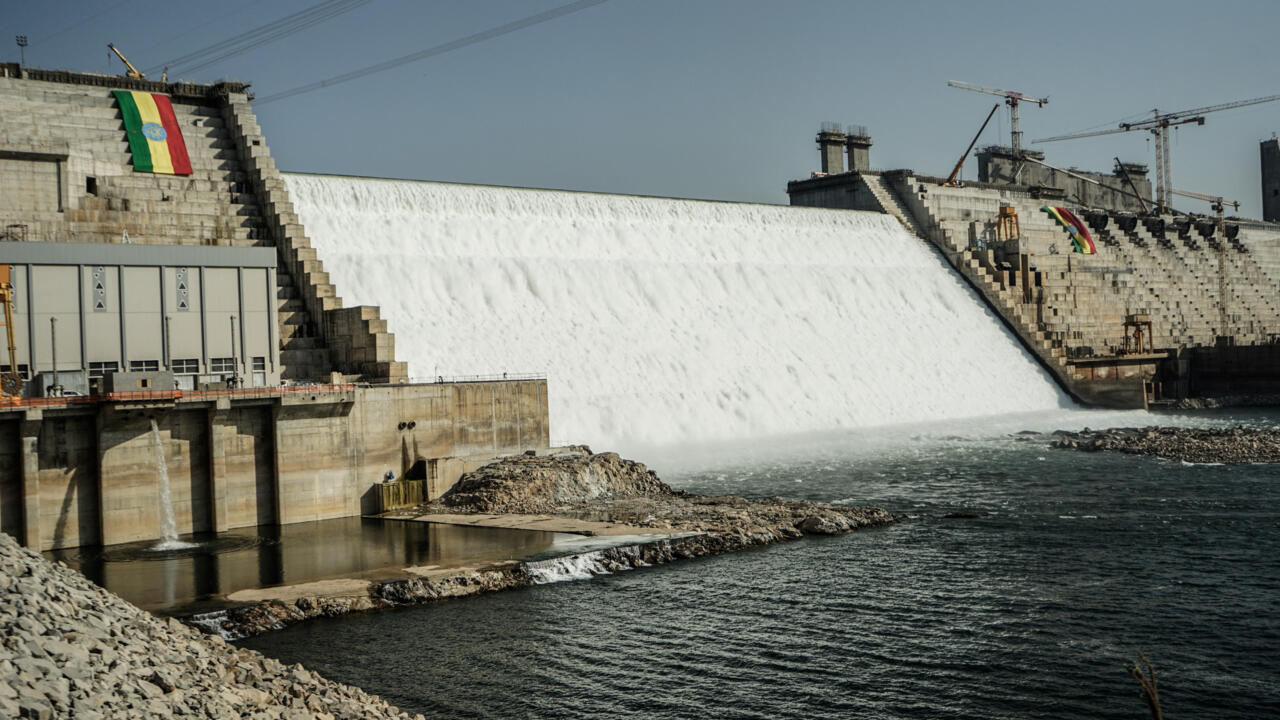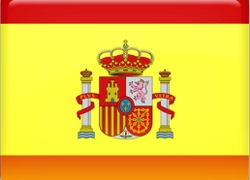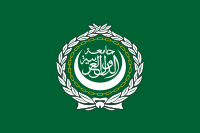Ethiopia has completed the Grand Renaissance Dam, a major energy project that has heightened tensions with Egypt over Nile water rights, as regional talks on a binding agreement remain unresolved.
Ethiopia Announces Completion of Grand Renaissance Dam


Ethiopia’s Prime Minister Abiy Ahmed has announced the completion of the Grand Ethiopian Renaissance Dam (GERD), marking a significant milestone in the country’s $4 billion energy project that has been at the centre of a decade-long regional dispute.
The dam, located on the Blue Nile near the Sudanese border, is the largest hydroelectric project in Africa and a symbol of national pride for Ethiopia. It is expected to more than double the country's current electricity output, transforming Ethiopia into a net energy exporter and helping lift millions out of poverty.
Speaking to lawmakers, Prime Minister Abiy confirmed that preparations are underway for an official inauguration in September. “While there are those who believe it should be disrupted before that moment, we reaffirm our commitment: the dam will be inaugurated,” he said.
The announcement, however, comes amid persistent tensions with downstream countries, particularly Egypt, which views the GERD as an existential threat. Egypt relies on the Nile for over 90 percent of its freshwater needs and has long insisted on a legally binding agreement governing the filling and operation of the dam to ensure its share of the river’s water is not compromised.
Negotiations between Ethiopia, Egypt, and Sudan have yet to produce a binding agreement, despite years of talks mediated by the African Union and other international stakeholders. Sudan, while also concerned about the dam’s impact on its own water management infrastructure, has taken a less confrontational stance than Egypt.
In his address, Abiy Ahmed reiterated Ethiopia’s commitment to equitable development, saying, “We believe in shared progress, shared energy, and shared water. Prosperity for one should mean prosperity for all.” He also affirmed that Ethiopia remains committed to ensuring its growth does not come at the expense of its Egyptian and Sudanese “brothers and sisters”.
Since partial operations began in 2022, the dam has gradually increased its energy output. With a capacity to generate over 6,000 megawatts of electricity, the GERD is seen as a game changer for Ethiopia’s economy and the broader East African region.
The GERD is supported by several upstream countries that are part of the Nile Basin Initiative—a partnership of ten nations advocating for equitable use of the Nile’s resources. A framework agreement entered into force in October last year, although Egypt and Sudan declined to ratify it, arguing that it undermines historical water-sharing agreements dating back to the colonial era.
These earlier treaties, signed during British colonial rule, granted the vast majority of Nile water rights to Egypt and Sudan, excluding upstream countries such as Ethiopia.
The dam, measuring 1,800 metres in length and 175 metres in height, is backed by a massive reservoir capable of holding 74 billion cubic metres of water. Its completion underscores Ethiopia’s determination to harness its natural resources despite political challenges and limited external funding due to international concerns.
As Ethiopia prepares for the inauguration, all eyes remain on how regional diplomacy will unfold. For now, the GERD stands as a towering symbol of both promise and controversy in one of Africa’s most geopolitically sensitive regions.

 বাংলা
বাংলা  Spanish
Spanish  Arabic
Arabic  French
French  Chinese
Chinese 
